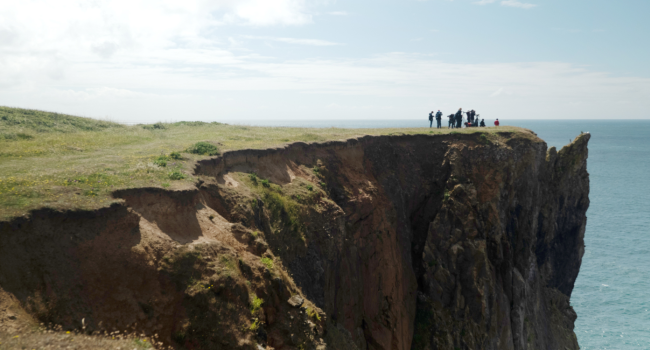Identifying and Mapping Groups of Protected Area Visitors by Environmental Awareness
Author(s): Gosal, A.S., McMahon, J.A., Bowgen, K.M., Hoppe, C.H. & Ziv, G.
Published: August 2021
Journal: Land Volume: 10
Article No.: 560
Digital Identifier No. (DOI): 10.3390/land10060560
Abstract
Protected areas worldwide receive billions of visitors annually. The positive impact of nature on health and wellbeing, in addition to providing opportunities for cultural activities such as recreation and aesthetic appreciation, is well documented. Management to reduce negative impacts to biodiversity and conservation aims whilst providing amenities and access to visitors is important. Understanding environmental awareness of visitors and their on-site spatial patterns can assist in making effective management decisions within often constrained resources. However, there is a lack of strategies for site-specific identification and predictive mapping of visitors by environmental awareness. Here, we demonstrate a method to map on-site visitation by latent groups of visitors based on their environmental awareness of on-site issues. On-site surveys and participatory mapping were used to collect data on environmental awareness on bird nesting and spatial visitation patterns in an upland moor in northern England. Latent class analysis (LCA), a structural equation model, was used to discover underlying groups of environmental awareness, with random forest (RF) modelling, a machine learning technique, using a range of on-site predictors (bioclimatic, land cover, elevation, viewshed, and proximity to paths and freshwater) to predict and map visitation across the site by each group. Visitors were segmented into ‘aware’ and ‘ambiguous’ groups and their potential spatial visitation patterns mapped. Our results demonstrate the ability to uncover groups of users by environmental awareness and map their potential visitation across a site using a variety of on-site predictors. Spatial understanding of the movement patterns of differently environmentally aware groups of visitors can assist in efficient targeting of conservation education endeavours (i.e., signage, positioning of staff, monitoring programmes, etc.), therefore maximising their efficacy. Furthermore, we anticipate this method will be of importance to environmental managers and educators when deploying limited resources.
Staff Author(s)







Share this page